A blocked milk duct can appear out of nowhere and quickly become painful, making breastfeeding feel stressful just when you’re trying to do your best. But take a deep breath: while it’s unpleasant, this is a common issue many mums face, and with the right care, it’s usually treatable at home.
In this guide, we’ll walk you through exactly what a blocked duct is, how to tell if it’s something more serious like mastitis, and mum-friendly strategies on how to clear a blocked milk duct.
Differentiating Between a Blocked Duct and Mastitis
A clogged milk duct affects only a single duct, blocking the milk flow in the affected breast. Mastitis, on the other hand, potentially affects multiple ducts and causes inflammation and infection of the breast tissue.
While the symptoms of a blocked milk duct and mastitis can overlap, there are key differences that can help in identifying and managing each condition effectively.
Here’s a quick side-by-side comparison:
|
Symptom |
Blocked Duct |
Mastisis |
|---|---|---|
|
Pain |
A tender, swollen feeling in the area of the blockage, which can lead to more pain before a feeding session |
More intense, potentially widespread pain in the breasts |
|
Redness |
Localised redness or discolouration |
More intense redness, potentially with red streaking |
|
Lump |
A small or large lump in the area of the blockage |
Lump or thickening in the breast |
|
Warmth |
May feel warmer to the touch |
The breast feels warm and swollen |
|
Systemic Symptoms |
Flu-like symptoms |
Fever (above 38°C), chills, fatigue, and body aches |
|
Milk Output |
Decreased milk supply and/or pumping output from the affected breast |
Expressed milk appears to be lumpy, clumpy, gelatinous, or stringy, with blood, mucus, or pus present |
If you’re experiencing symptoms of mastitis, especially fever, bloody nipple discharge, or painful or difficult breastfeeding, you should call your doctor immediately. Without proper treatment, mastitis can lead to a breast abscess (a pocket of pus that forms within the breast), which may cause further tissue damage and complications. Early evaluation and intervention can make a significant difference in comfort, recovery time, and breastfeeding outcomes.
What Causes Blocked Milk Ducts?
This can happen for a variety of reasons, many of which are common and often out of your control. Understanding these causes can help you make small changes to reduce your risk and manage blockages when they arise.
Ineffective Milk Removal:
If your baby isn’t latching deeply or attaching well at the breast, it can result in milk not draining properly. This might be due to a shallow latch, which can happen even with experience, especially if positioning is off or if you’re trying new feeding holds. Babies with tongue-tie or other oral restrictions may struggle to feed efficiently, even if breastfeeding sessions appear long or frequent. Additionally, a sleepy or inefficient feeder, which is common in newborns or during growth spurts, may not stimulate the breast enough to keep milk flowing freely.
Infrequent Milk Removal:
Milk that sits too long in the breast without being removed can lead to inflammation and eventually blockage. This might happen if you’ve missed or delayed feeds. If your baby has recently started solids or is feeding less often, your breastfeeding pattern may shift before your supply adjusts. Similarly, feeding on a fixed schedule rather than following your baby’s cues can unintentionally lead to less frequent milk removal than your body is used to.
Pressure on the Breast:
Sometimes, even everyday pressure on your breasts can create problems. Wearing tight-fitting bras, especially underwired ones, or restrictive clothing can compress milk ducts and disrupt milk flow. The same goes for sleeping positions that put direct weight on your chest, such as lying on your stomach. Even external pressure from baby carriers, sling straps, or seatbelts can contribute to blocked ducts if they press against the same spot repeatedly.
Other Factors:
An oversupply of milk, where your body is producing more than your baby needs, can lead to frequent fullness and milk stasis. Fatigue, stress, and dehydration can also impact how well your milk flows and how your body responds to inflammation. Additionally, a history of breast injury or previous breast surgery may create blocked milk ducts.
Any or a combination of these factors can disrupt milk flow and cause inflammation, creating the ideal conditions for a blockage to form. Recognising what might be contributing in your situation can make a big difference in both managing and preventing blocked ducts.

How to Manage a Blocked Duct
Gone are the days of aggressive massage and constant pumping. Recent studies and expert guidelines emphasise a gentler, more effective strategy on how to clear a blocked duct while protecting breast tissue. [1] [2]
Continue Feeding/Pumping (But Don't Overdo It)
Stick to your usual schedule and avoid adding extra sessions unless you’re feeling unusually full or your baby isn’t feeding well. If it’s comfortable, you can begin feeding or pumping on the affected breast to help relieve pressure, but don’t do it if it causes too much pain. The goal is to ease the fullness and encourage milk flow, not to overstimulate, which can actually make inflammation worse.
Use Cold Compresses for Pain and Swelling
Applying a cold compress to your breast after feeding or pumping can help decrease inflammation and swelling in the breast tissue. Just place a cold pack or gel pad on the sore area for 10 to 15 minutes every 1-2 hours. Avoid placing ice directly on the skin and use a cloth or towel for protection. By reducing swelling, cold compresses can also help improve milk flow through the duct.
Gentle Massage
Gentle massage can be helpful, but only if it feels soothing and not painful. When massaging, apply a light touch in a circular motion, gradually increasing pressure as comfortably as possible, and work towards the armpit to drain lymphatic fluid. Avoid any deep or firm pressure, rubbing, or “digging in.” These methods may do more harm than good by irritating the tissue further and worsening inflammation.
Manage Pain and Inflammation
Anti-inflammatory drugs such as ibuprofen can help relieve symptoms of a blocked milk duct, such as pain, redness, and swelling. Paracetamol can also be taken with ibuprofen, but only if advised by your doctor. Antibiotics are not usually needed for the treatment of a blocked milk duct and are only required when there’s an infection in the breast.
Wear Supportive, Non-Restrictive Clothing
Choose soft, supportive bras without underwire, or consider going braless if that feels better. Avoid anything tight-fitting or restrictive across your chest, including tops, sports bras, or clothing that might press against the tender area. This helps prevent further pressure on the ducts and allows your breast tissue to settle and heal.
Rest and Hydration
Your body needs rest to recover. Try to slow down and allow yourself time to heal. Rest whenever you can, and make sure you’re drinking enough fluids. Hydration plays a key role in maintaining milk flow and supporting your immune system. If you’re feeling overwhelmed, ask for help from your support network so you can prioritise self-care.
What About Heat?
Cold compress is now the go-to recommendation for managing inflammation, but some mums still find that a bit of warmth before feeding helps encourage let-down. If you’re one of them, feel free to apply a gentle warm compress briefly before feeding, just enough to relax the area and help milk start flowing. Just be cautious: avoid prolonged or intense heat, and switch to a cool compress after feeding to reduce any swelling.
Things to AVOID When Treating a Blocked Duct
These outdated or overly aggressive strategies can do more harm than good. Protect your breast tissue and promote healing by steering clear of the following:
-
Deep, painful, or vigorous massage
-
Adding extra pumping sessions beyond the normal routine/comfort.
-
Applying excessive or prolonged heat
-
Wearing tight clothing
-
Sudden long gaps between feedings or pumping
-
Inadequate hydration
-
Ignoring the symptoms
What About Lecithin or Therapeutic Ultrasound?
Lecithin is a mixture of fats (phospholipids) that have hydrophobic (water-repelling) and hydrophilic (water-attracting) properties. These qualities are thought to help relieve blocked milk ducts by increasing the polyunsaturated fatty acids in the milk and making it less sticky, although scientific studies on its effectiveness are limited. Lecithin is a natural substance found in soybeans, whole grains, peanuts, meat (especially liver), and milk (including breastmilk). [3]
Taking sunflower or soy lecithin 5-10 grams daily may reduce inflammation in the milk ducts. [4] However, always consult your doctor before consuming any supplement, including lecithin, especially if you have underlying health conditions, allergies (such as to soy or sunflower), or are taking other medications.
Another form of treatment for a blocked milk duct is therapeutic ultrasound, which utilises high-frequency sound waves to penetrate deep into the breast tissue. This procedure helps reduce inflammation and swelling in the affected duct, encouraging milk flow and facilitating easier milk drainage. Therapeutic ultrasound is non-invasive and generally well tolerated, with most sessions lasting around 10–15 minutes. In many cases, one to two sessions are sufficient to significantly improve symptoms, though some individuals may need additional treatments depending on the severity of the blockage.

How to Prevent Blocked Milk Ducts
Some small habits can make a big difference in reducing inflammation. Here are some gentle, practical tips to help protect your breast health while breastfeeding:
-
Try to feed your baby on demand/on cue. Responsive feeding helps ensure your breasts are regularly and naturally drained, reducing the chance of milk stasis.
-
Ensure a good latch and effective milk transfer. If milk isn’t being removed well, it can build up and cause blockages. Getting help from a lactation consultant (IBCLC) can make a big difference.
-
Vary feeding positions occasionally. Different angles can help all parts of the breast drain evenly, especially those areas that are prone to blockages.
-
Avoid tight clothing and pressure on breasts. Compression from bras, tops, or carriers can restrict milk flow and irritate breast tissue.
-
Manage breastmilk oversupply if present. Producing more milk than your baby needs can increase the risk of engorgement and clogged ducts, so it's best managed with guidance from a professional.
-
Prioritise rest, manage stress, and stay hydrated. Your body needs adequate energy and fluid to maintain healthy milk flow.
When to Seek Medical Advice
While many blocked ducts resolve with gentle at-home care, there are times when it’s crucial to reach out for professional support. Acting early can help prevent complications like mastitis and ensure you and your baby continue to breastfeed comfortably.
Call your doctor immediately if:
-
You suspect mastitis, especially if you have a fever over 38°C (100.4°F), chills, body aches, fatigue, or flu-like symptoms.
-
The lump doesn’t improve within 24–48 hours, or gets bigger, harder, or more painful despite trying home remedies.
-
You notice spreading redness, swelling, or that the affected area becomes hot to the touch.
-
The pain is severe, sharp, or worsening even after rest and gentle care.
-
You experience recurrent blocked ducts, which may indicate an underlying issue like oversupply, ineffective latch, or an anatomical concern.
-
You have concerns about your baby’s feeding, latch, or weight gain.
-
You're no longer breastfeeding and have developed a lump or pain in the breast; this should always be checked.
Dealing with a blocked milk duct can feel overwhelming, but you're not alone, and it doesn't have to be fixed with force. With the right knowledge and strategies on how to treat it, most blockages will ease within a couple of days. Just focus on gentle care, reducing inflammation, and continuing to feed or pump normally without overdoing it. And remember: if things aren’t improving, or if you feel that something is off, it’s absolutely okay to reach out for help. Your comfort matters too, and getting the right care can make all the difference.
FAQ:
1. How long does a blocked milk duct take to clear?
Most blocked ducts start to improve within 24 to 48 hours when managed gently with regular feeding or pumping, cold compresses, and rest. If you're not seeing improvement by then, or if symptoms are getting worse, it's important to seek support from a GP, midwife, lactation consultant (IBCLC), or child health nurse.
2. How long before a blocked duct becomes mastitis?
A blocked duct can turn into mastitis if inflammation worsens or bacteria enters the breast tissue. This can happen quickly, sometimes within 24 to 48 hours if the blockage isn’t relieved. Monitor your symptoms and act early, especially if you start to feel unwell, develop a fever, or notice increasing redness or pain.
3. How to clear a blocked milk duct when not breastfeeding?
When a non-breastfeeding person experiences a blocked milk duct, the first step is to identify the cause. If the blockage is not due to a change in milk production, it's important to rule out other conditions like cysts or inflammatory changes. In these cases, consulting a healthcare professional is crucial. Warm compresses, gentle massage, and pain relief medication can provide temporary comfort. However, persistent or severe symptoms may require further evaluation and potential treatment.
4. Will a blocked milk duct go away on its own?
Yes, many blocked milk ducts resolve on their own, especially with continued rest, hydration, and gentle pumping or breastfeeding. However, if symptoms persist or worsen, it's best to seek advice from a healthcare professional or lactation consultant.
5. Should I pump to clear clogged milk ducts?
You should continue your normal pumping or feeding schedule, but avoid adding extra pumping sessions unless you're feeling very full or your baby isn’t feeding well. Over-pumping can actually make inflammation worse. If you’re exclusively pumping, make sure your flange size is correct and that your pumping routine isn’t causing discomfort.
6. Is heat or cold better for blocked milk ducts?
For a blocked milk duct, a cold compress is generally recommended to help reduce swelling and inflammation. Heat can increase blood flow and potentially worsen the problem, especially if the block hasn't cleared. While warm compresses can be used to soften the blockage, they should be used cautiously and for a short duration only.
7. Do clogged milk ducts come back?
Yes, clogged milk ducts can recur after initially resolving, and some women experience them repeatedly. They can also appear to get smaller and then reappear hours later.


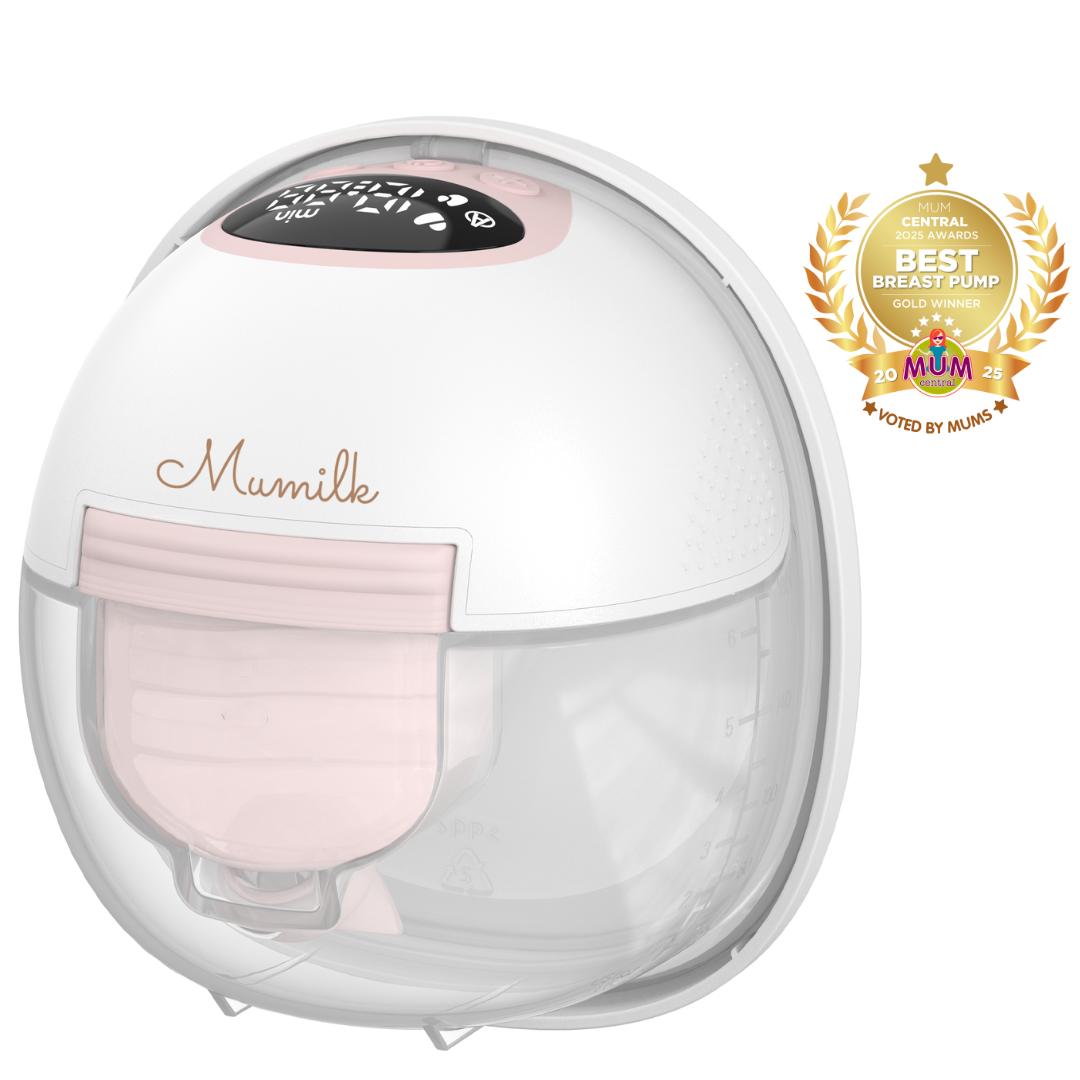
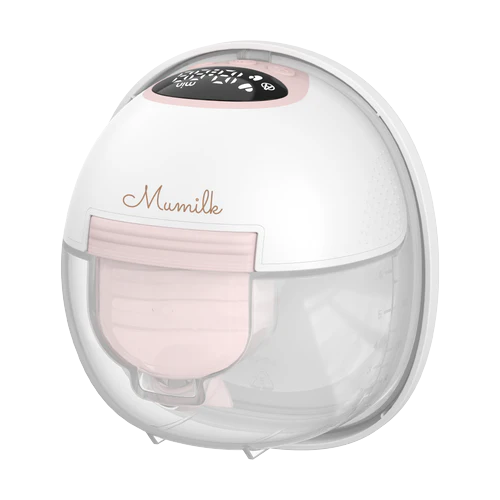
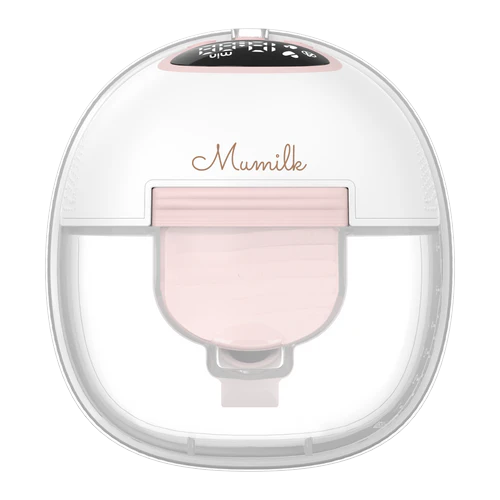
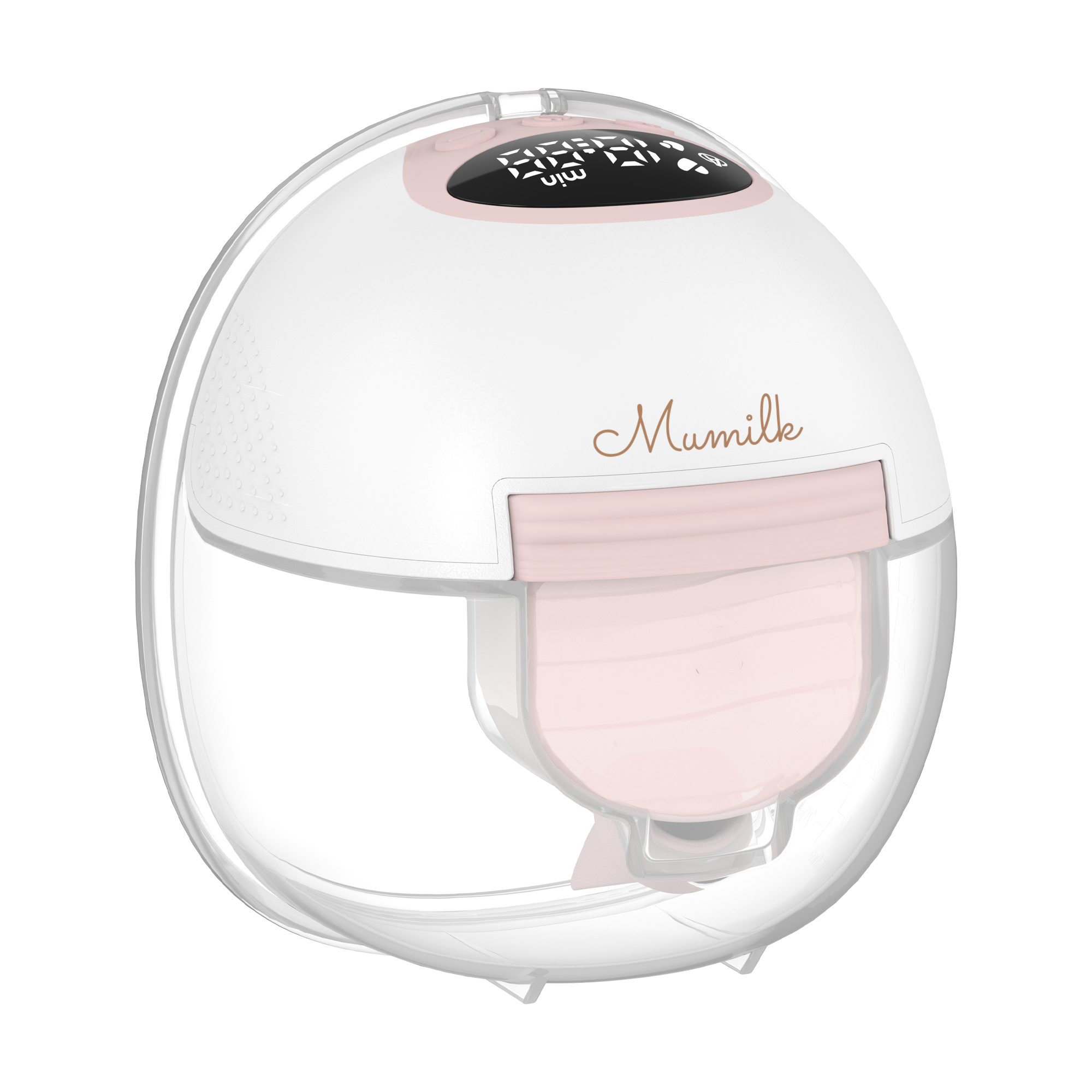


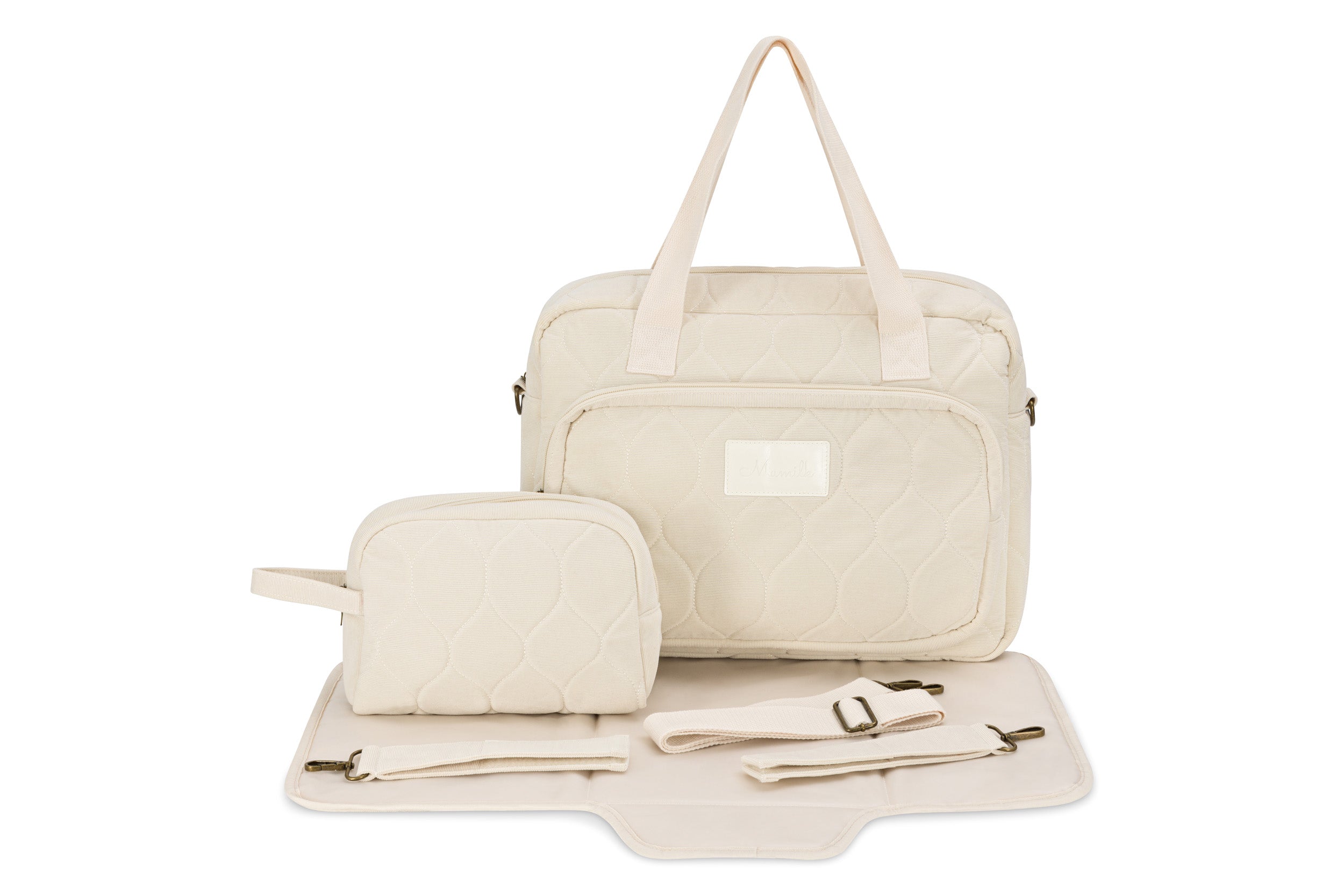

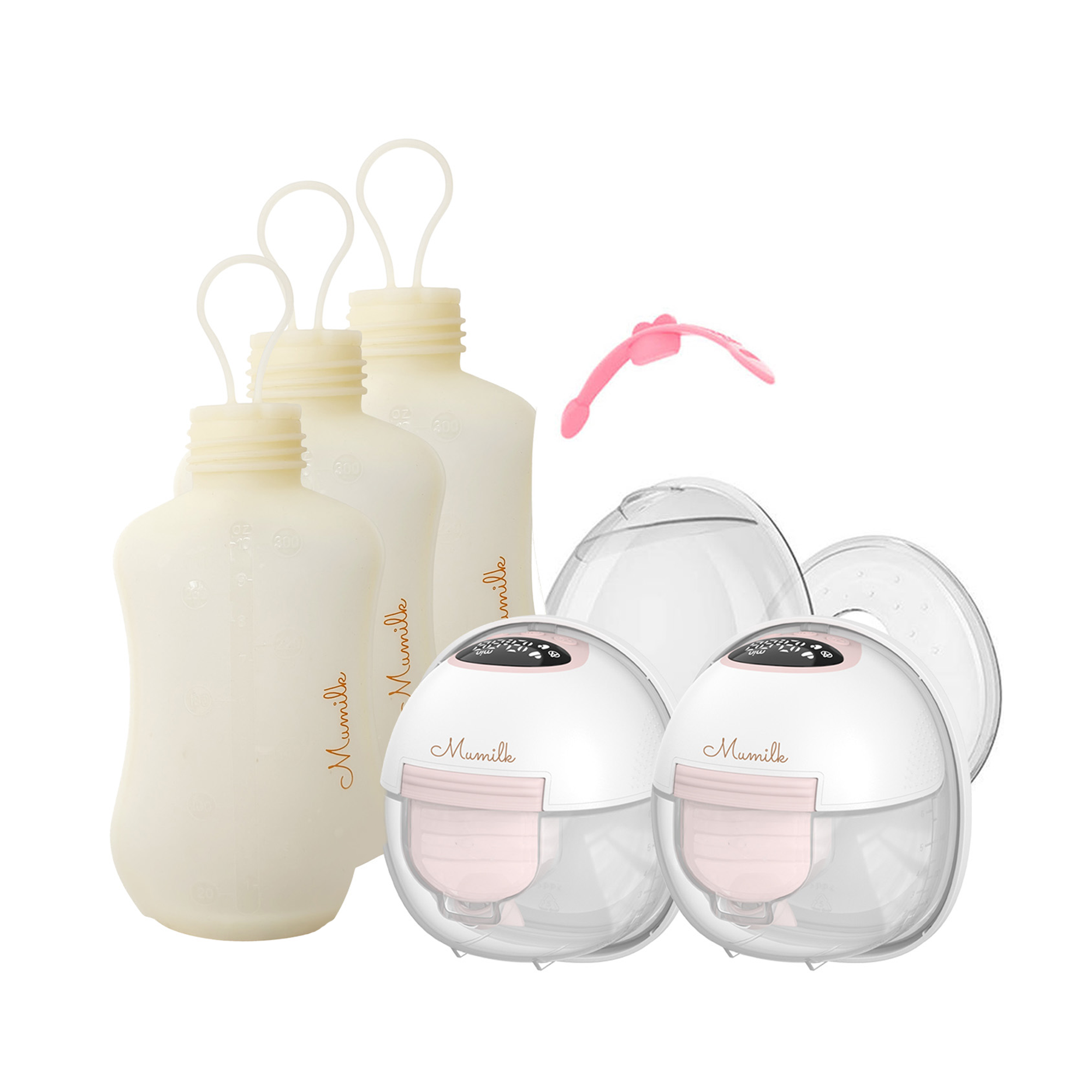
Share:
Power Pumping to Increase Milk Supply - A Complete Guide
What Are the Signs Your Milk Supply Is Decreasing?